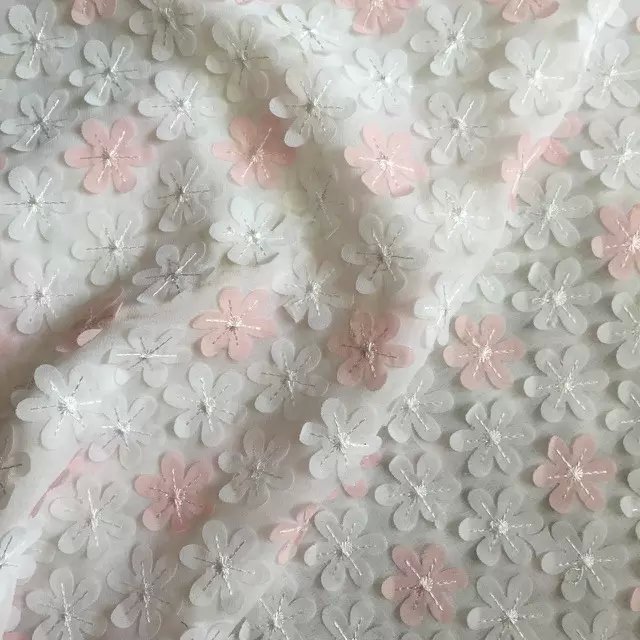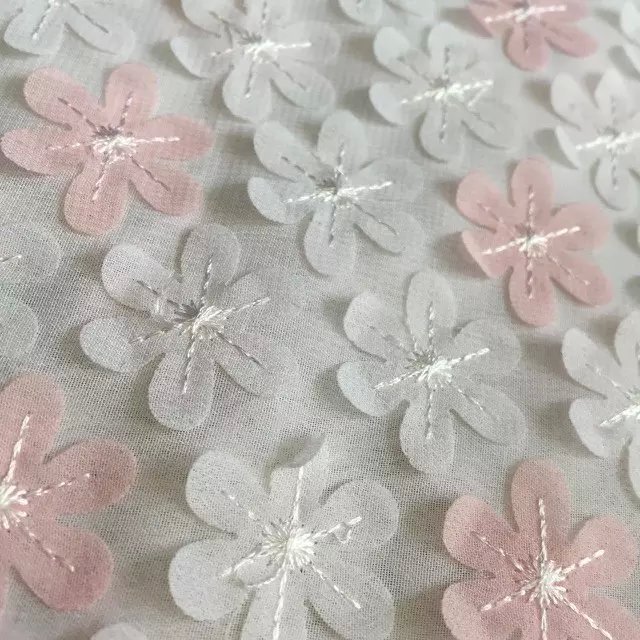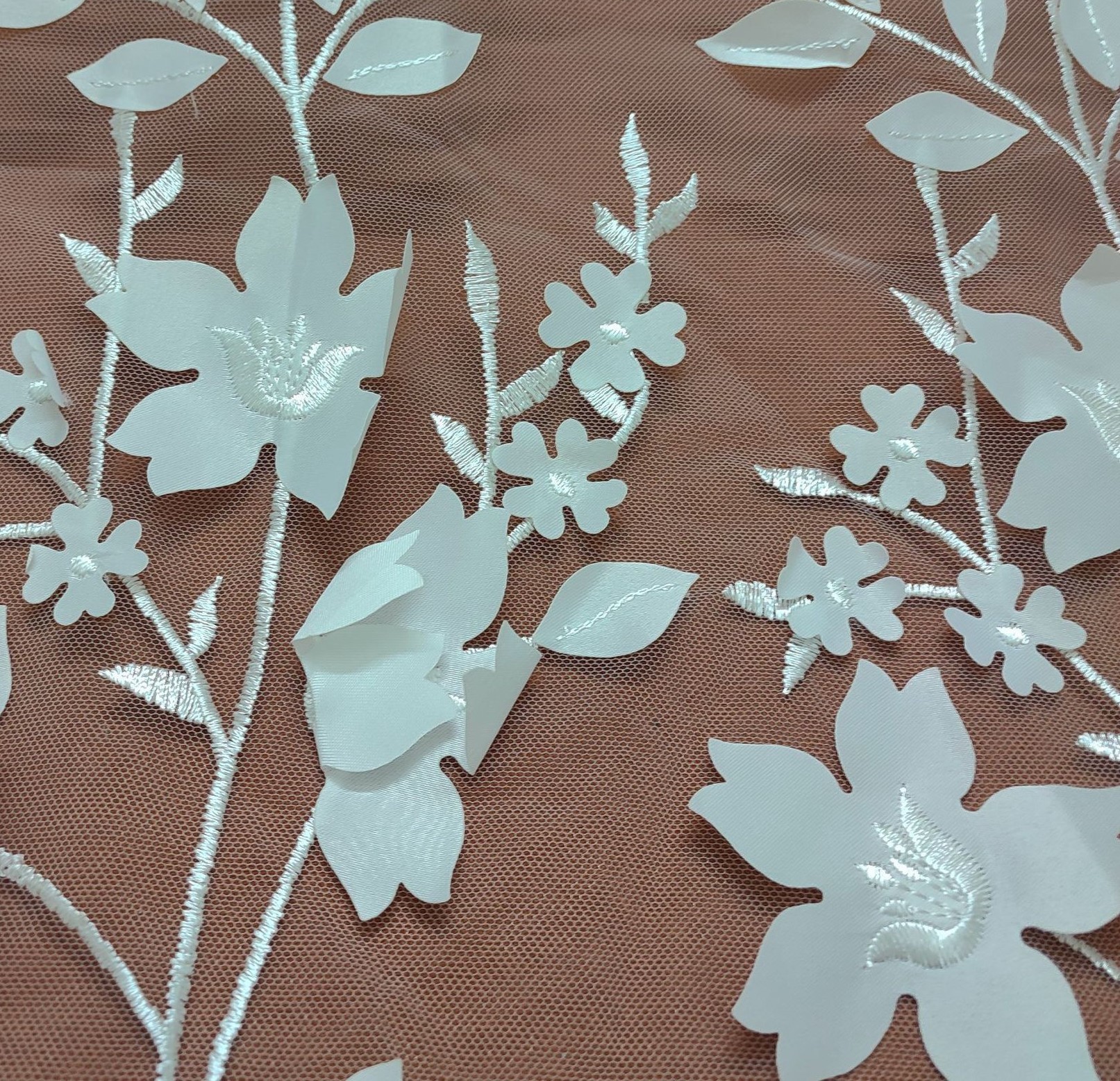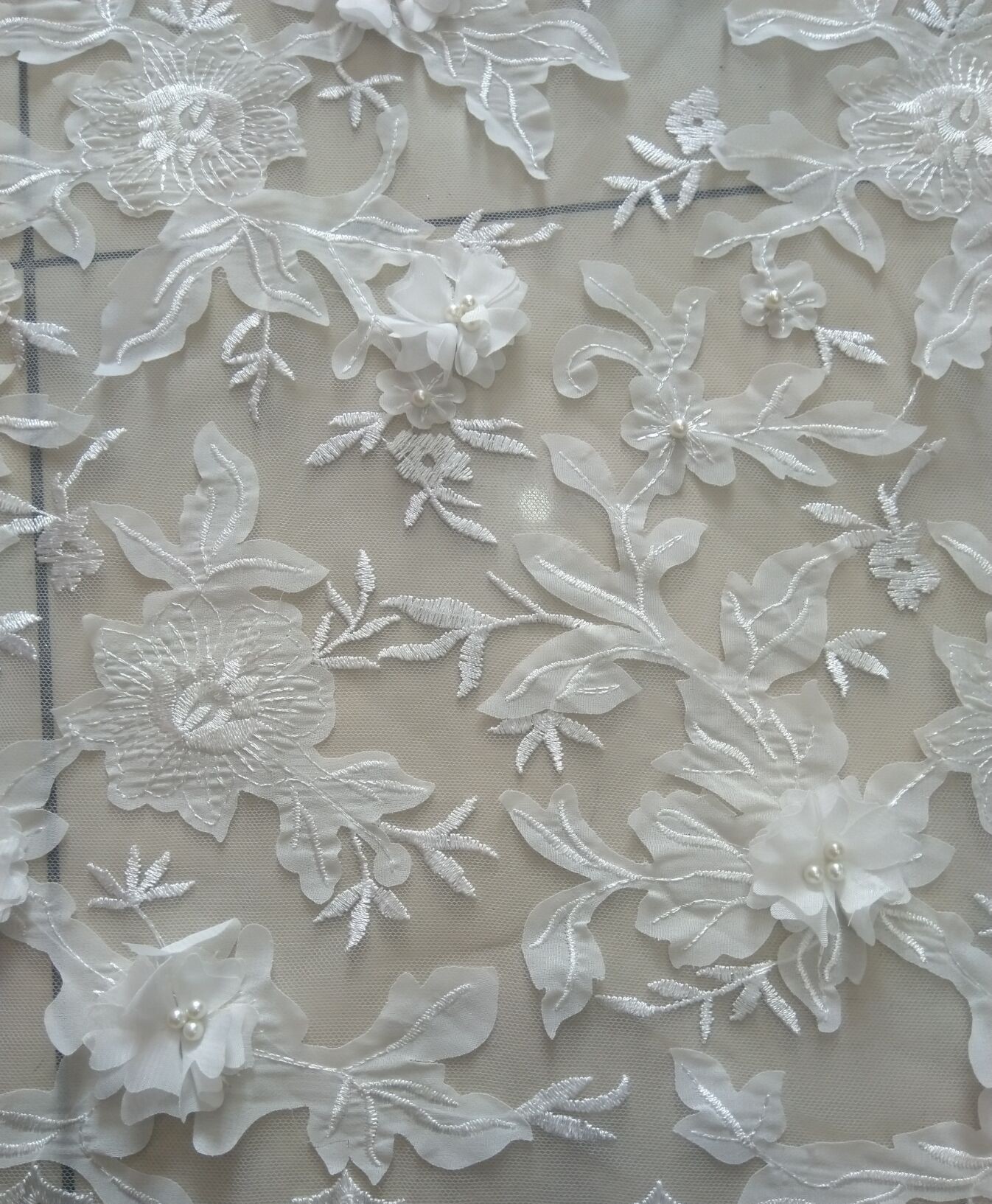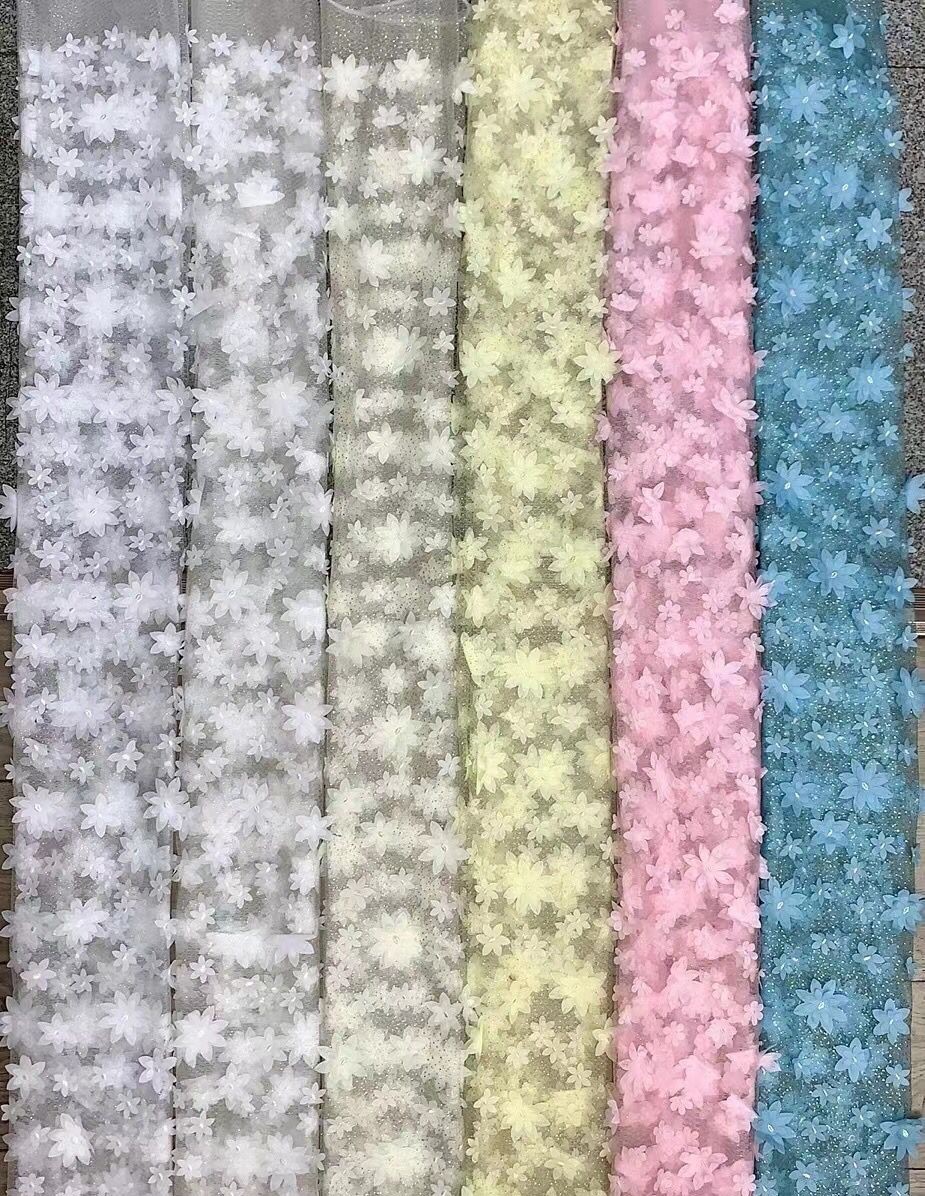
13
2024
-
12
The perfect combination of traditional craftsmanship and intelligent manufacturing: Shaoxing Keqiao's Gui Ling textile laser embroidery technology
Modern laser embroidery technology is an innovative technology developed in recent years based on traditional embroidery techniques. It combines laser cutting, engraving, and computer numerical control technology to improve the precision, efficiency, and design flexibility of embroidery.
Core Technology Features
1. High Precision
Laser equipment can perform micron-level precise cutting or engraving on fabrics, making the patterns more delicate and the edges neat, eliminating the need for post-processing.
2. High-Speed Production
Laser embroidery, combined with automated equipment, can achieve large-scale, ultra-efficient processing, significantly shortening production cycles.
3. Diverse Processes
- Openwork effect: Creating openwork patterns on fabrics through laser cutting to enhance design aesthetics.
- Surface engraving: Using laser power adjustment to engrave the fabric surface, presenting a three-dimensional texture effect.
- Layered combination: Combining traditional embroidery techniques, laser technology can achieve composite designs on different materials.
4. Intelligent Design
With the help of CAD/CAM design software, laser embroidery can accurately reproduce complex patterns and even support personalized customization.
5. Environmental Protection
Compared with traditional embroidery, laser embroidery reduces material waste and dye pollution, better meeting the requirements of modern green manufacturing.
Main Applications
1. Apparel Industry
Used in the pattern design of high-end clothing, such as wedding dresses, evening gowns, and fashion Brand clothing, increasing the sophistication and uniqueness of the products.
2. Home Textile Industry
Applied to curtains, tablecloths, sofa covers, and other home decorations to enhance product quality.
3. Shoes, Hats, and Bags
Achieving creative patterns or Brand logo designs on the surface of shoes, hats, and bags.
4. Artworks and Custom Gifts
Producing artistic fabric decorations or personalized gifts, such as embroidered paintings and souvenirs.
5. Industrial and Technical Textiles
Marking or local processing on functional fabrics, such as adding designs or logos to protective clothing and medical textiles.
Development Prospects
Modern laser embroidery technology will further integrate artificial intelligence and the Internet of Things technology to improve the automation level of processing and the innovation ability of products. In the future, it is expected to play a greater role in flexible manufacturing, cross-industry applications, and low-carbon environmental protection.
RELATED INFORMATION
Spring breeze, all things budding——The 2025 China National Textile and Apparel Council Spring Joint Exhibition grandly opened at the Shanghai National Exhibition and Convention Center


